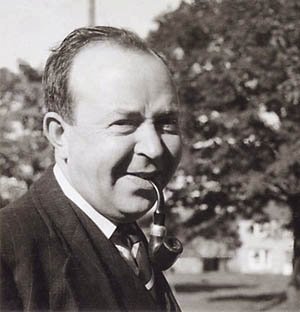 |
| Bunacaimbe beach, Arisaig |
After being raised to the rank of corporal,
MacKinnon saw action at the Battle of Egmont-op-Zee or Bergen in 1799. Two
years later MacKinnon was serving in Egypt when he suffered severe wounds that
were nearly fatal during the Battle of Alexandria in 1801. His seemingly
lifeless corpse was found on the battlefield and if it were not for the
intervention of his good friend, Sergeant MacLean, then being buried
alive—however barely—would have been his fate.
MacKinnon was immediately conveyed to a
hospital ship and recovered, though not fully, and on arrival back in Britain
was discharged from the army with a pension. On eventually recovering from the
effects of his wounds, MacKinnon joined the Royal Veteran Battalion some time
afterwards at Fort William where he died in 1814 and was buried in “The Craigs”
with full military honours.
Although MacKinnon only composed very few
Gaelic songs they are nonetheless remarkable for their quality. He composed at
least one other great Gaelic song, namely
Blàr na h-Òlaind (The Battle of Holland). It seems that battles were the
very thing that stirred his poetic imagination.
Judging from the following anecdote it would seem
that MacKinnon’s poetic skill was very much to the fore from a very young age
and it would also seem he had a taste for whisky:
Bha an Corpolair Mac
Fhionghuin cha robh ann ach balach òg, glé òg. Agas rugadh e shìos am Bun na
Caime an Àrasaig. Agas chaochail e anns na h-ochd ciad diag agas a ceithir
diag. Agas ’n uair a bha e ’na bhalach òg dh’ falabh feadh na
dùthcha aig oidhche Bliadhn’ Uire, thainig e chun taigh agas ’s e Taigh na
Drochaid a theireadh iad ris. Bha drochaid goirid bhuaidh. Agas ’n uair a
bhuail iad aig an dorus, thuirst a’ fear.
“Chan fhaigh aon
duine agaibh a staigh gus an gabh sibh ran.”
B’ e sin an dòigh a
bh’ ac(hc)a aig a’ Bhliadhn’ Ùr.
“Agas an duine is
fhearr a bheir rann seachad, gheibh e làn cuach a Cuach a’ phrionnsa de dh’
uisge-beatha." Agas ’s ann mar seo a bha. Bha an Corpolair mac Fhionghuin
air an fhear ma dheireadh a chaidh a staigh chun an doruist.
“Dé th’ agat-sa ri
ghràitinn, ’ille?”
“Chan eil móran ach
Raine mi taigh na
Drochaid
Is cha b’ e ’m bodach
a rinn mi dhùsgadh,
Dh' fhiadhaich e a
staigh sinn le fàilte
Gu faigheamaid
slàinte a Cuach a’ Phrionnsa.
Is rinn mi
ciamhneach' air na h-àrmainn,
Is a liuthad blàr 's
an do loisg iad fùdar.”
“’S e sin an rann is
fhearr dhiubh. Thig a staigh agas gheibh thu deoch a Cuach a’ Phrionnsa"
This story concerns Corporal MacKinnon who was then a very young lad. He
was born down by Bunacaimbe in Arisaig and he died in 1814. And when he was a young lad going about
the district on Hogmanay he came to a house which they called Taigh na Drochaid
(‘Bridgehouse’). There was a bridge nearby. When they knocked on the door, the
man said.
“No one will get in until you sing a verse.”
That was the way of things at Hogmanay.
“The one who gives the best verse will get a full cupful of whisky from
the Prince’s Quoich.”
And that was how things turned out.
Corporal MacKinon was the last one to come through the doorway.
“What have you got to say for youself, laddie?”
Only this:
“To Taigh na Drochaid I came
But the old man kept me not awake,
With a welcome he invited us
To toast the Prince’s Quoich
That recalled the warriors
Of many battles who fired gunpowder.”
“That’s the best verse out of all of them. Come in and you’ll get a stoup
from the Prince’s Quoich”
References:
SSS NB 7, pp. 602–03
Image:
Bunacaimbe beach, Arisaig
/ Àrasaig







